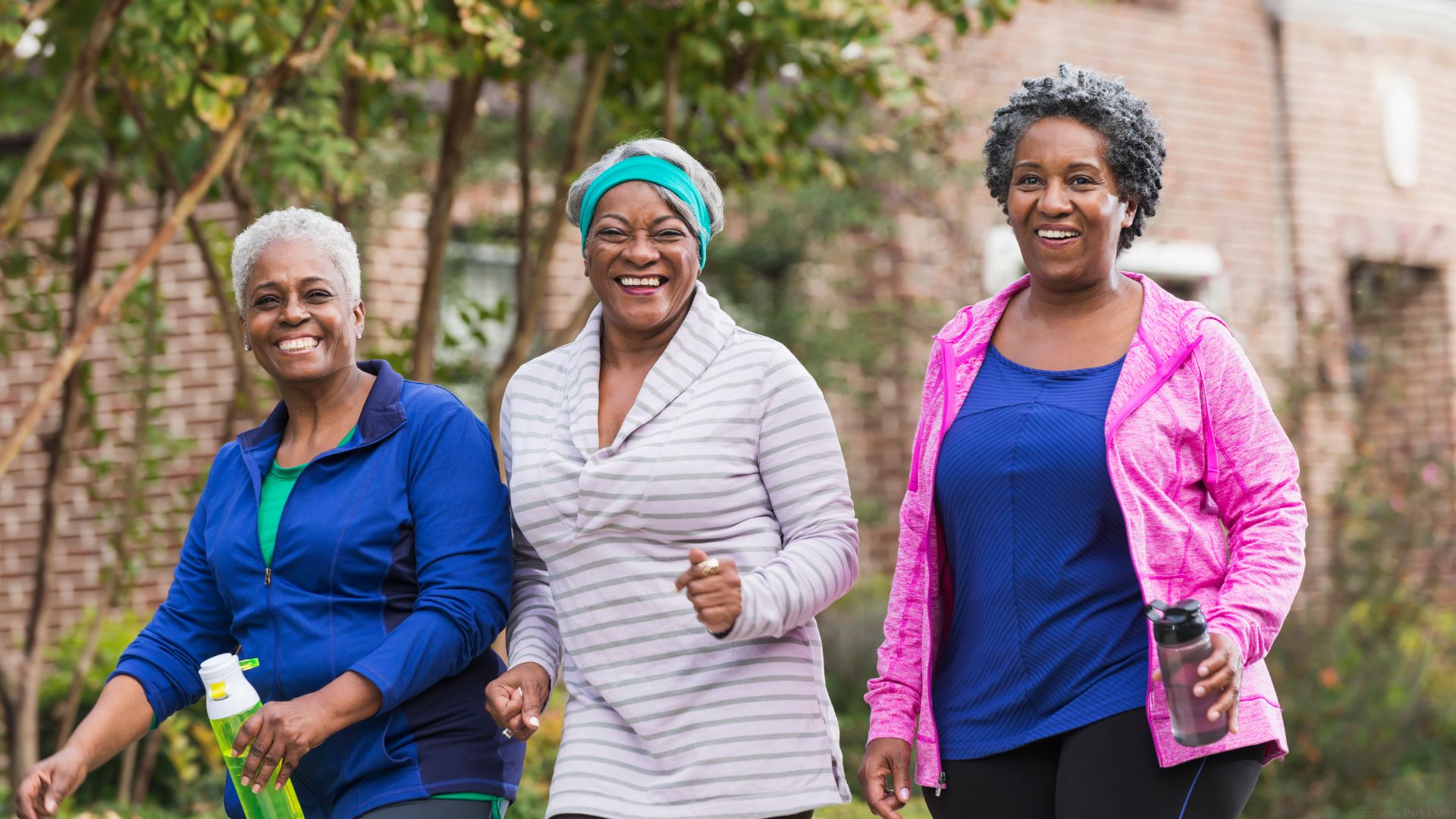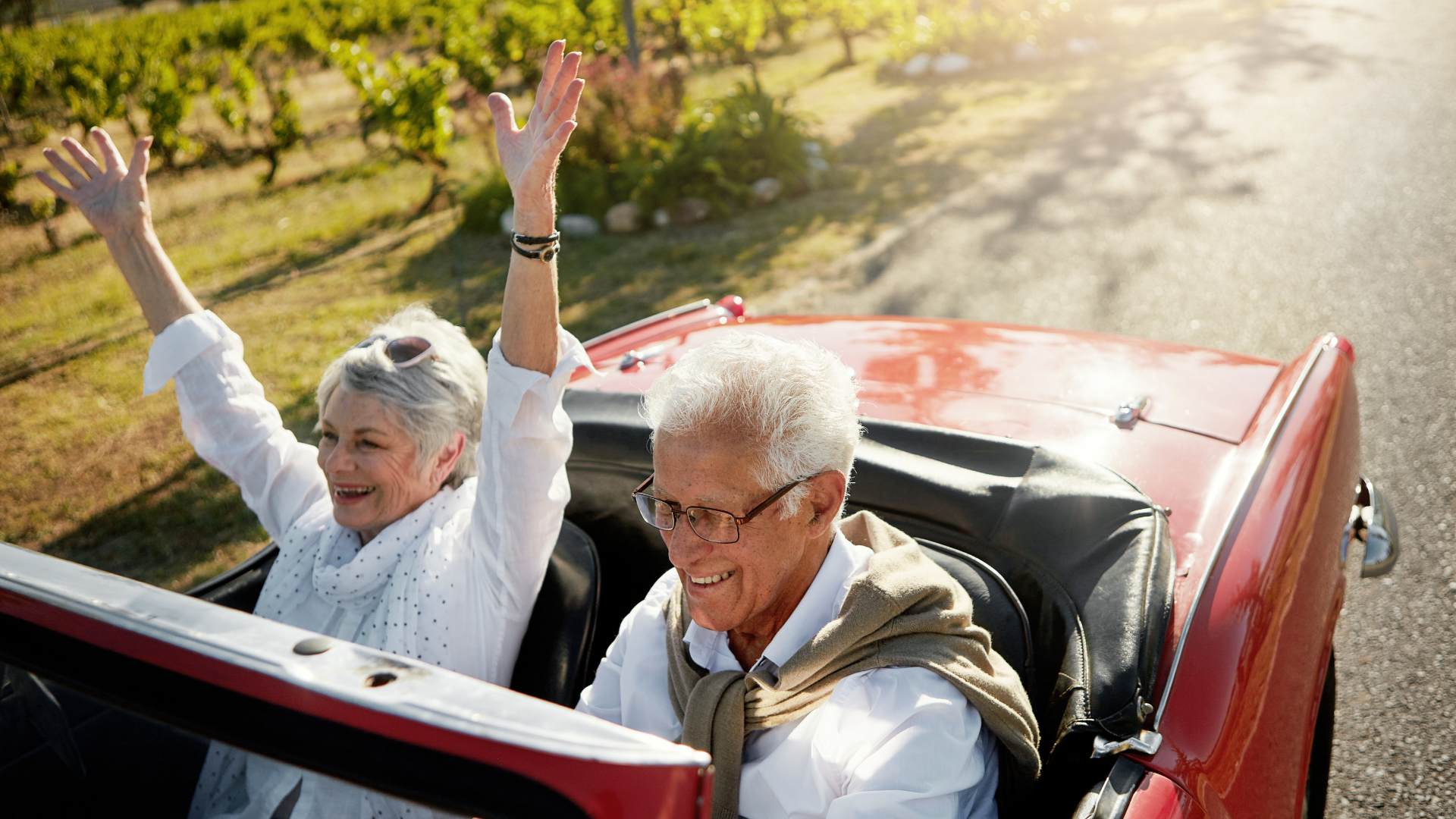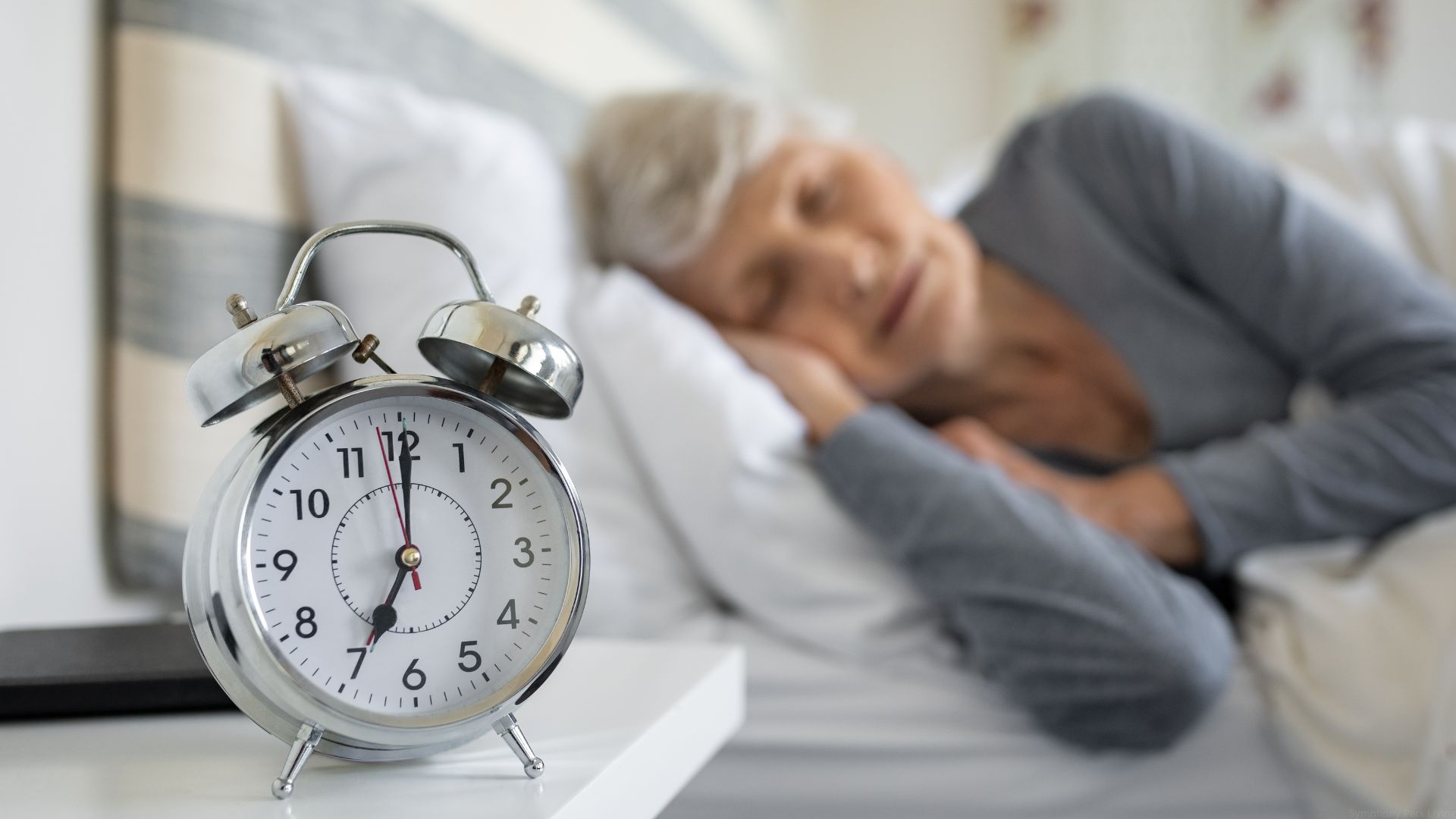5 Low Impact Workouts for Seniors to Stay Active and Healthy

As we age, staying active becomes more important than ever—but also a bit more challenging. Joint pain, balance concerns, or chronic conditions may make traditional workouts feel intimidating or even unsafe. Thankfully, low impact workouts for seniors offer a safe, effective, and enjoyable way to stay fit, flexible, and full of energy.
Whether you're easing back into exercise or looking for gentle ways to enhance your current routine, these five low impact exercises are tailored to help you thrive. Let’s explore how each can benefit your body and mind—without putting extra strain on your joints.
1. Walking: The Most Accessible Low Impact Exercise
When it comes to simple, low-risk fitness, nothing beats walking. It requires no special equipment beyond a good pair of supportive shoes, and it can be done anywhere—indoors or out.
Why it Works:
Walking is a full-body activity that gently engages the muscles while elevating your heart rate. For seniors, it improves cardiovascular health, strengthens leg muscles, supports bone density, and helps manage weight. Best of all, walking is a natural stress reliever and mood booster.
Tips for Getting Started:
- Start with 10-15 minutes a day and gradually build up
- Walk on flat, even surfaces to minimize fall risk
- Consider walking with a friend or group for added motivation
- Use walking poles or a cane if needed for balance
Make it more fun: Listen to audiobooks, explore nature trails, or track your steps with a fitness app to celebrate milestones.
2. Chair Exercises: Safe and Effective for All Mobility Levels
Don’t underestimate the power of sitting down—chair exercises can provide a surprisingly thorough workout. They’re particularly helpful for seniors dealing with balance issues, recovering from injury, or new to physical activity.
Why it Works:
Chair exercises provide strength training, flexibility, and cardio benefits without putting pressure on hips, knees, or ankles. Movements are often easy to modify, allowing you to build confidence and momentum.
Examples to Try:
- Seated leg extensions: Strengthens thigh muscles
- Arm raises or circles: Improves shoulder mobility
- Seated marching: Engages core and leg muscles
- Chair yoga poses: Increases flexibility and reduces stiffness
Optional equipment: Light hand weights or resistance bands can increase the challenge over time.
Pro Tip: Look for senior-friendly chair workout videos online to follow along at your own pace from the comfort of home.
3. Water Aerobics: Gentle on Joints, Big on Benefits
Water workouts are one of the best-kept secrets in senior fitness. Water naturally supports your body weight, which takes pressure off joints and reduces the risk of injury, while still providing resistance that strengthens muscles.
Why it Works:
Water aerobics is ideal for seniors managing arthritis, osteoporosis, or chronic pain. These exercises improve heart health, flexibility, endurance, and even balance—all while keeping you cool and comfortable.
Common Pool Exercises:
- Water walking or jogging
- Aqua yoga
- Leg lifts or flutter kicks
- Arm resistance exercises using pool noodles or water weights
Getting Started:
Look for beginner-friendly classes at local community centers, senior centers, or YMCA locations. Many facilities offer classes specifically designed for older adults, often with instructors trained in senior health. Luxury senior living communities like Symphony Park have pool and fitness amenities that make water aerobics especially convenient.
4. Tai Chi: A Mind-Body Workout With Lasting Benefits
Originally developed as a martial art, Tai Chi has gained popularity as a gentle, flowing exercise perfect for older adults. It combines slow, intentional movements with deep breathing and mindfulness.
Why it Works:
Tai Chi enhances balance, flexibility, and strength while promoting relaxation and mental clarity. It’s especially effective in reducing the risk of falls—one of the top health concerns for seniors.
Key Benefits of Tai Chi for Seniors:
- Reduces joint stiffness and inflammation
- Improves posture and coordination
- Boosts cognitive function and reduces anxiety
- Lowers blood pressure over time
How to Start:
- Try an introductory class at your local senior center or community gym
- Follow along with online Tai Chi videos tailored for seniors
- Practice 10–20 minutes daily to experience full benefits
Pro Tip: You don’t need a large space to practice—just a calm, quiet room with a sturdy chair nearby for support if needed.
5. Stretching and Yoga: Improve Flexibility and Reduce Pain
Daily stretching can work wonders for senior mobility. Combined with gentle yoga poses, these movements loosen tight muscles, reduce stiffness, and promote better posture—all while helping you feel more centered and relaxed.
Why it Works:
As we age, muscles naturally lose elasticity and joints become less flexible. Gentle stretching and yoga help counteract these effects by increasing range of motion and promoting blood flow to your muscles.
Types of Senior-Friendly Yoga:
- Chair yoga: All poses performed while seated
- Restorative yoga: Deep relaxation through passive poses
- Hatha yoga: Slow, controlled movements ideal for beginners
Sample Poses to Try:
- Seated forward bends for hamstrings
- Gentle neck and shoulder rolls
- Cat-cow stretch (seated or on all fours)
- Reclining spinal twist
Tips for Safety:
- Use yoga blocks, straps, or a folded towel for extra support
- Always move slowly and avoid pushing past discomfort
- Look for certified instructors who specialize in senior yoga
Stretching also makes a great warm-up or cool-down after other activities, reducing your risk of injury and helping your body recover faster.
Making Low Impact Workouts a Daily Habit
Starting is often the hardest part—but once you find the right rhythm, staying active becomes second nature. Here are a few strategies to help:
- Set a schedule: Aim for at least 30 minutes of physical activity most days
- Mix it up: Rotate between workouts to keep things fresh and target different muscle groups
- Track your progress: Use a fitness journal or simple checklist
- Celebrate small wins: Every session counts, no matter how short
- Get social: Join a class, invite a friend, or check out virtual communities
Consistency is more important than intensity. Even 10-minute sessions throughout the day can add up to meaningful results.
Safety First: Talk to Your Doctor Before Starting
Before beginning any new workout routine, especially if you’re managing health issues or taking medications, it’s important to consult your doctor. They can provide guidance on what’s safe for your individual needs and help you avoid injuries or complications.
If you experience dizziness, chest pain, or unusual discomfort during any activity, stop immediately and seek medical attention.
Age Gracefully Through Movement
Staying active doesn’t mean you have to break a sweat or push your limits. These five low impact workouts for seniors—walking, chair exercises, water aerobics, Tai Chi, and yoga—offer practical, effective ways to maintain your strength, balance, and independence.
By choosing the right combination of these exercises and sticking with a routine that feels good, you’ll be setting yourself up for a healthier, happier life in your golden years.
Remember: It’s never too late to start moving. Whether you begin with a short daily walk or a five-minute stretch, your body—and your future self—will thank you.
Are you or a family member exploring senior living options? We invite you to consider Symphony Park senior living, a resort-style independent living community with exceptional amenities for physical fitness and wellbeing.
Contact Us
More than senior living apartments—Luxury independent living awaits you at Symphony Park. Contact us today to explore resort-style retirement living in North Carolina.



